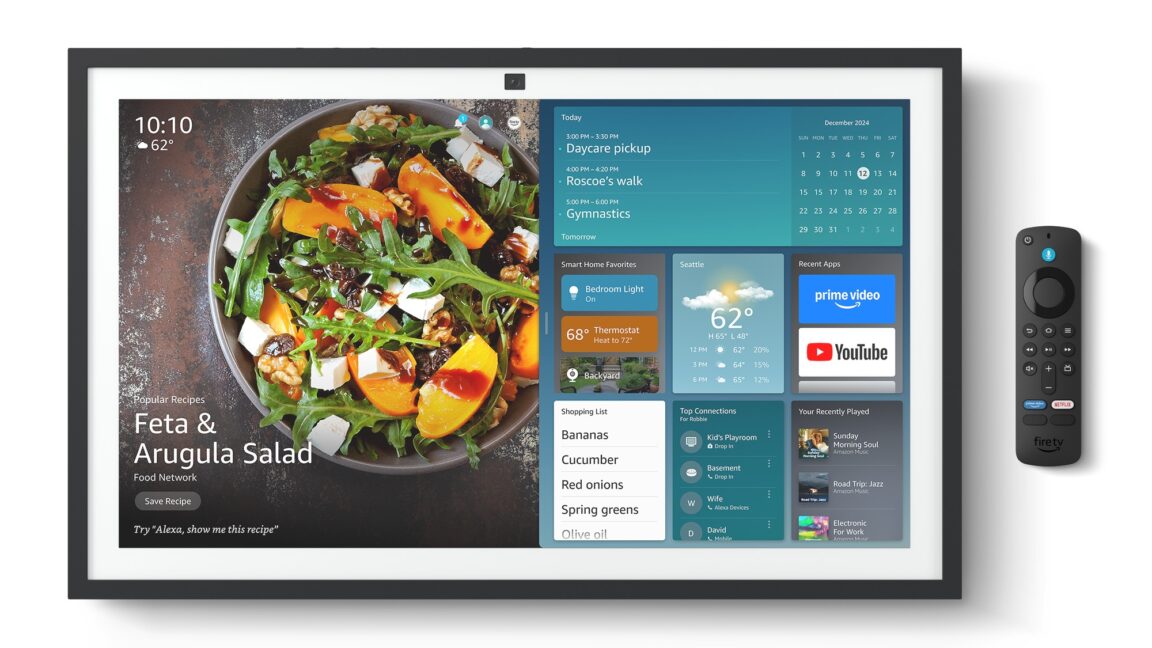Travel
Would You Travel On A Nuclear-Powered Cruise Ship?

Is the future of cruise ships, nuclear energy?
Cruises are increasingly popular but not the most environmentally-friendly option for travelers keen to keep carbon emissions low. It’s also true that cruise companies need to meet goals of being carbon-neutral by 2050—one possible solution then, would be to start building nuclear-powered cruise ships.
Using nuclear power for shipping is not new. There are currently 200 nuclear reactors on ships globally, mostly submarines and naval ships. In the 1950s, the U.S. government built a passenger boat run on nuclear power—it could hold 60 travelers and lots of cargo—but it was rife with issues, not entirely related to its energy source. Now, the NS Savannah sits inside a dock in Baltimore, designed more as a proof-of-concept than anything else, reports NPR.
The forward part of the ship held a pressurized water reactor that used low-enriched uranium to produce heat—the steam that was produced ran the ship’s turbines, spun the propellors and so produced electricity to power the ship up to 20 knots, equivalent to the speed of many cruise ships today. The Russian government also commissioned Sevmorput, a nuclear-powered cargo ship in 1988, that’s still in operation. Two other boats—the Japanese Mutsu and the German Otto Hahn—started out life as nuclear but were fitted to take diesel later on.
The International Maritime Organization (IMO) is the United Nations agency that regulates global shipping and it’s set a target of carbon neutrality by 2050 for the cruise industry—shipping currently produces 300 million tonnes of carbon emissions every year, around 3% of global emissions.
This obviously poses some issues, because while boats are being built more efficiently, cruise ships are increasing in size—the largest, Icon of the Seas, set sail this year, and ships are installing ever-more diverse activities onboard, such as go-karting, moving bars, zip lines, rollercoasters and skydiving and surfing simulators.
Most ships still run on diesel fuel with about one quarter now using alternative fuels such as liquefied natural gas, methanol, or hybrid propulsion—all lower in carbon emissions. According to the Cruise Line Industry Association (CLIA) there are 25 ships using Liquified Natural Gas that will start operating in the next five years. Seven ships belonging to Norwegian Cruise Line, Celebrity Cruises, and Disney Cruise Line are also coming online that are methanol ready or methanol capable. Carnival is also looking to retrofit ships to take methanol. One of the issues though is that these fuels could be used for other purposes, as could the green power that produces them.
At the annual Seatrade Cruise Global conference that took place in Miami this month, industry leaders believe that using nuclear technology is increasingly a possibility. Inside the NS Savannah, there is a small wooden cube that fits into a person’s hand that represents the volume of uranium needed to allow the ship to travel 454,000 nautical miles to circumnavigate the world more than a dozen times (a boat traveling the same distance on fuel would need 28 million gallons). These ships could go for years without refueling (some usually carry some diesel in reserve), can carry more passengers and/or cargo without the need for large fuel tanks and more importantly, fourth generator nuclear reactors are smaller and make operations much simpler.
Cruise ships have long lives and could theoretically be retrofitted with nuclear power when they go in for a refit. Some companies are engaged in studies for using nuclear power aboard ships, like the partnership between Italian shipbuilding company Fincantieri and Newcleo—the results of a feasibility study to assess the practicality of deploying a 30-megawatt reactor on marine vessels is due at the end of this year.
The NS Savannah taught a lot of lessons about how to run a nuclear passenger ship but also laid bare some problems. It can be difficult docking a ship that runs on nuclear fuel into harbors—special documentation is naturally required, people need to be trained on what to do in emergencies and some countries, like New Zealand, have all out bans on nuclear ships entering their waters.
And finally, the biggest problem might just be the paying customer—unsurprisingly, many people believe the public might not be particularly favorable to the idea.









